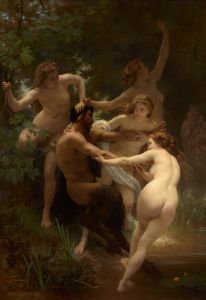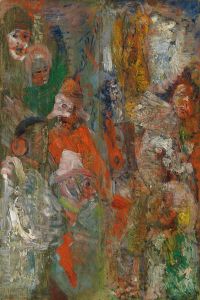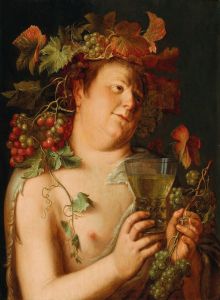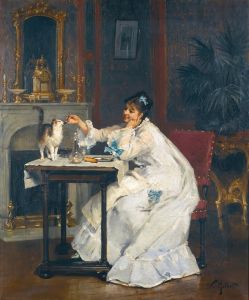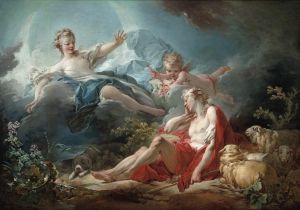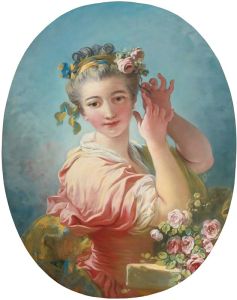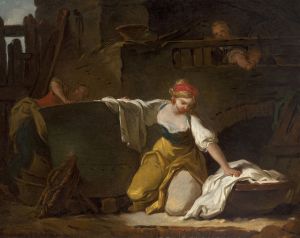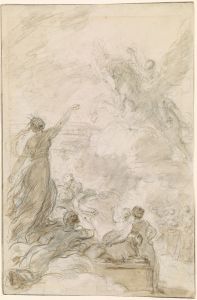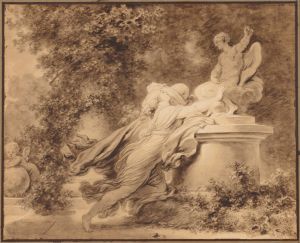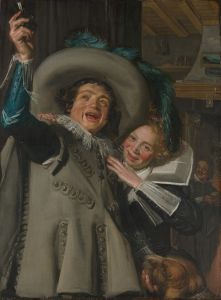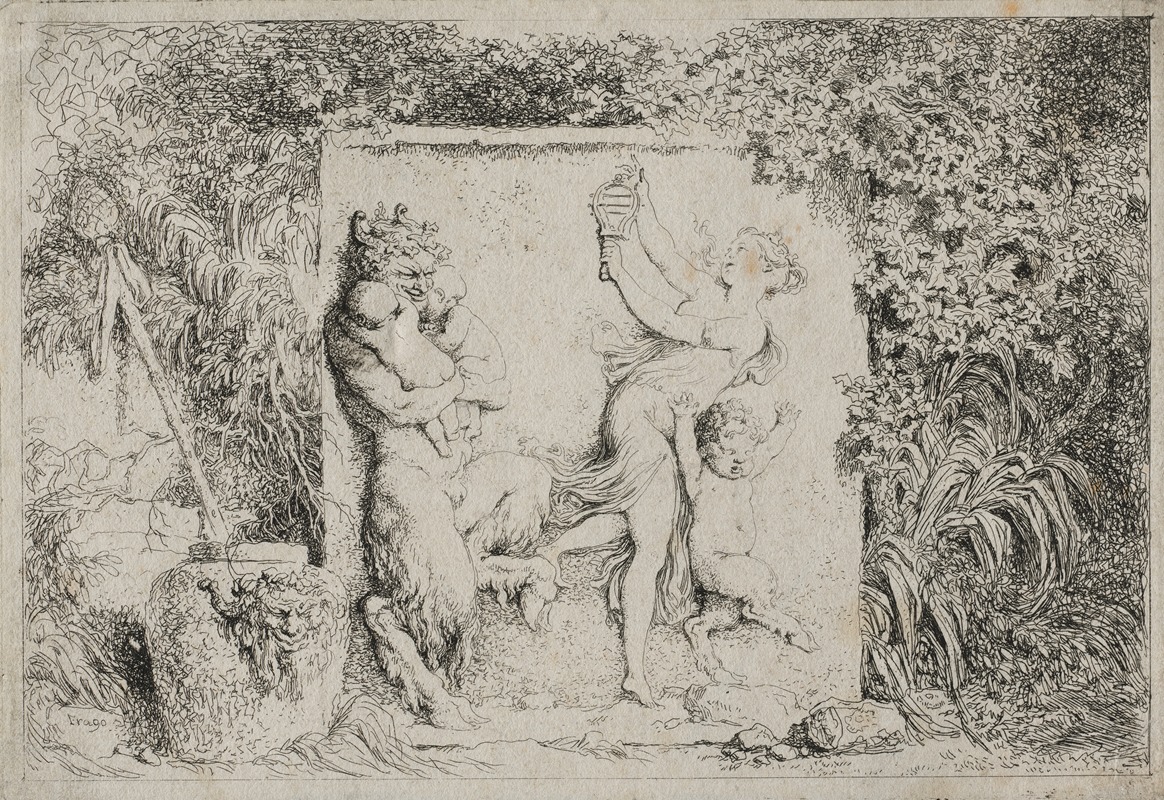
Bacchanales; The Satyr’s Dance
A hand-painted replica of Jean-Honoré Fragonard’s masterpiece Bacchanales; The Satyr’s Dance, meticulously crafted by professional artists to capture the true essence of the original. Each piece is created with museum-quality canvas and rare mineral pigments, carefully painted by experienced artists with delicate brushstrokes and rich, layered colors to perfectly recreate the texture of the original artwork. Unlike machine-printed reproductions, this hand-painted version brings the painting to life, infused with the artist’s emotions and skill in every stroke. Whether for personal collection or home decoration, it instantly elevates the artistic atmosphere of any space.
Jean-Honoré Fragonard's painting "Bacchanales; The Satyr’s Dance" is a notable work by the French Rococo artist, who is celebrated for his exuberant and hedonistic style. Fragonard, born in 1732 in Grasse, France, was a prolific painter whose works often depicted scenes of romance, mythology, and playful sensuality, characteristic of the Rococo movement.
"Bacchanales; The Satyr’s Dance" captures the essence of a bacchanalian revelry, a theme rooted in ancient Roman and Greek traditions. Bacchanalia were festivals dedicated to Bacchus (or Dionysus in Greek mythology), the god of wine, fertility, and ritual madness. These celebrations were known for their ecstatic and frenzied nature, often involving music, dance, and the consumption of wine.
In this painting, Fragonard illustrates a scene filled with dynamic movement and lively figures, typical of his style. The central figure, a satyr, is depicted dancing with abandon. Satyrs, mythological creatures that are part human and part goat, are often associated with Dionysian festivities and symbolize unrestrained indulgence and primal instincts. The satyr’s dance is a focal point of the composition, capturing the wild and carefree spirit of the bacchanal.
Fragonard’s use of light and color in "Bacchanales; The Satyr’s Dance" enhances the sense of movement and vitality. The painting is characterized by its soft, yet vibrant palette, with warm tones that evoke a sense of warmth and festivity. The brushwork is loose and fluid, a technique that Fragonard mastered to convey spontaneity and emotion. This approach allows the viewer to almost feel the rhythm and energy of the dance.
The composition of the painting is both balanced and dynamic, with figures arranged in a way that guides the viewer’s eye across the canvas. Fragonard’s skillful use of chiaroscuro, the contrast between light and dark, adds depth and dimension to the scene, highlighting the figures and their movements against a more subdued background.
Fragonard’s work often reflects the social and cultural milieu of 18th-century France, a period marked by a fascination with pleasure, leisure, and the pursuit of happiness. "Bacchanales; The Satyr’s Dance" embodies these themes, offering a glimpse into the Rococo era’s love for opulence and playful decadence. The painting is a testament to Fragonard’s ability to capture the joy and exuberance of life, a quality that has made his work enduringly popular.
While specific details about the provenance and current location of "Bacchanales; The Satyr’s Dance" are not widely documented, Fragonard’s paintings are held in numerous prestigious collections worldwide, including the Louvre in Paris and the Wallace Collection in London. His works continue to be studied and admired for their technical brilliance and their ability to evoke the spirit of an age defined by its pursuit of beauty and pleasure.





